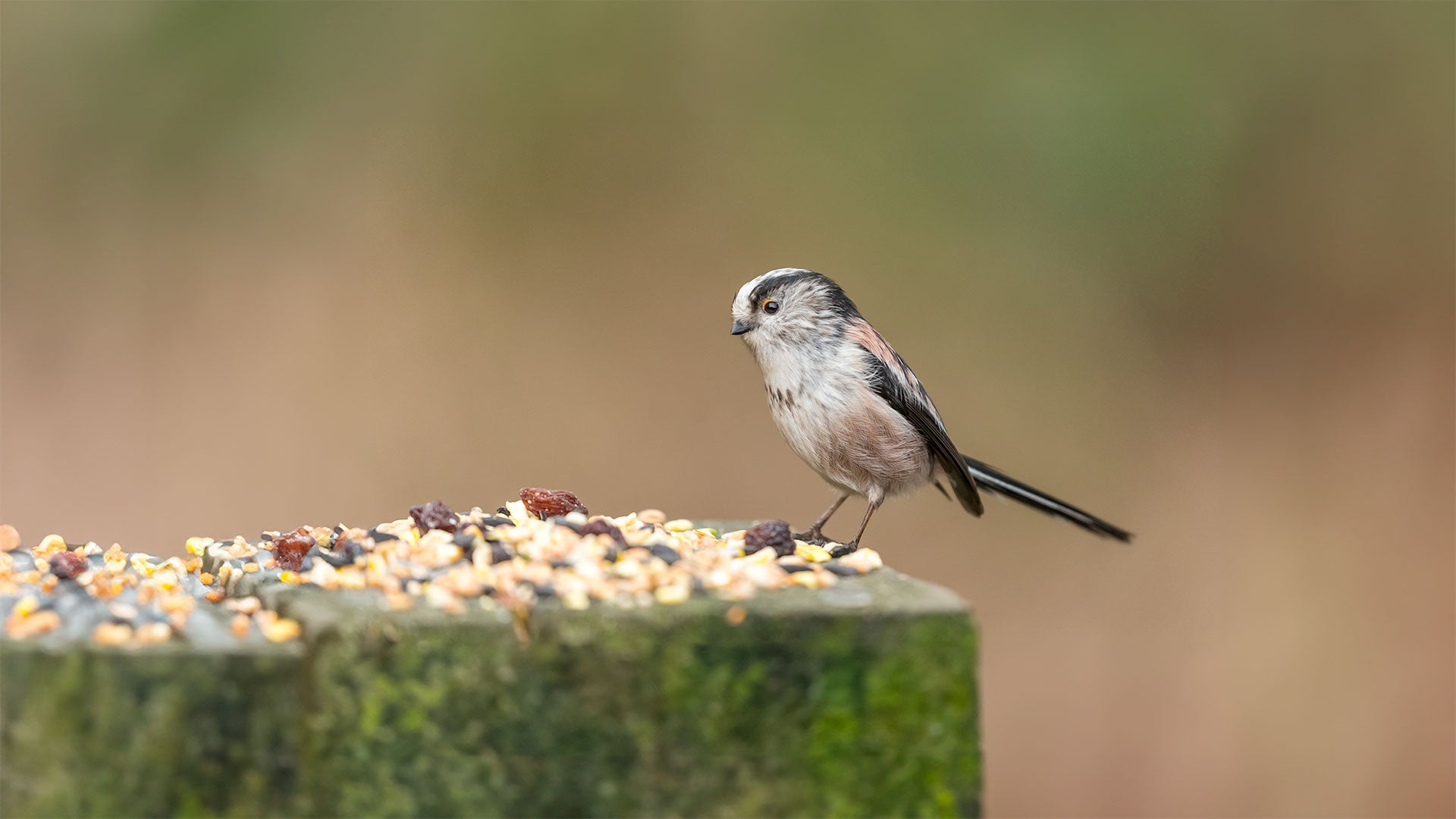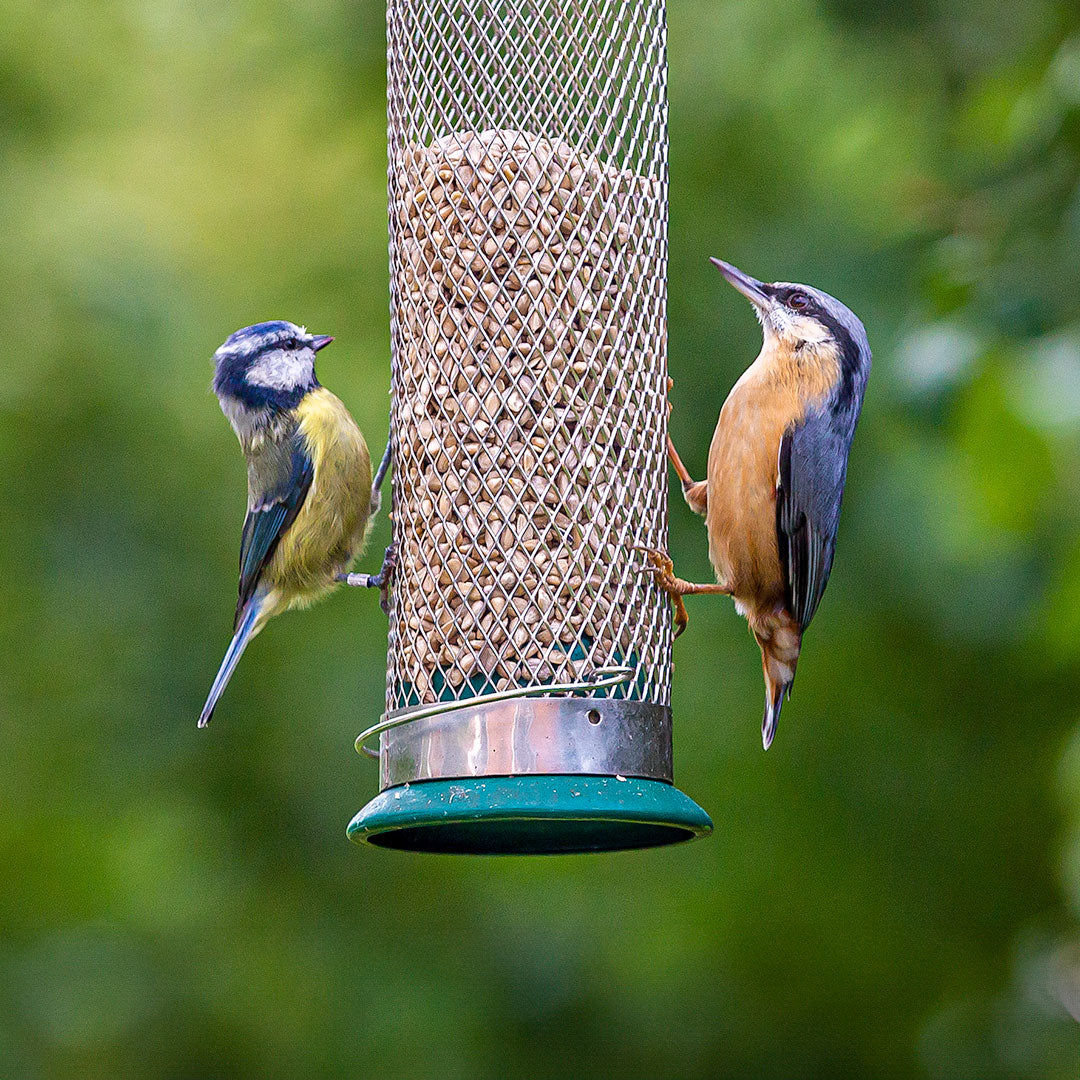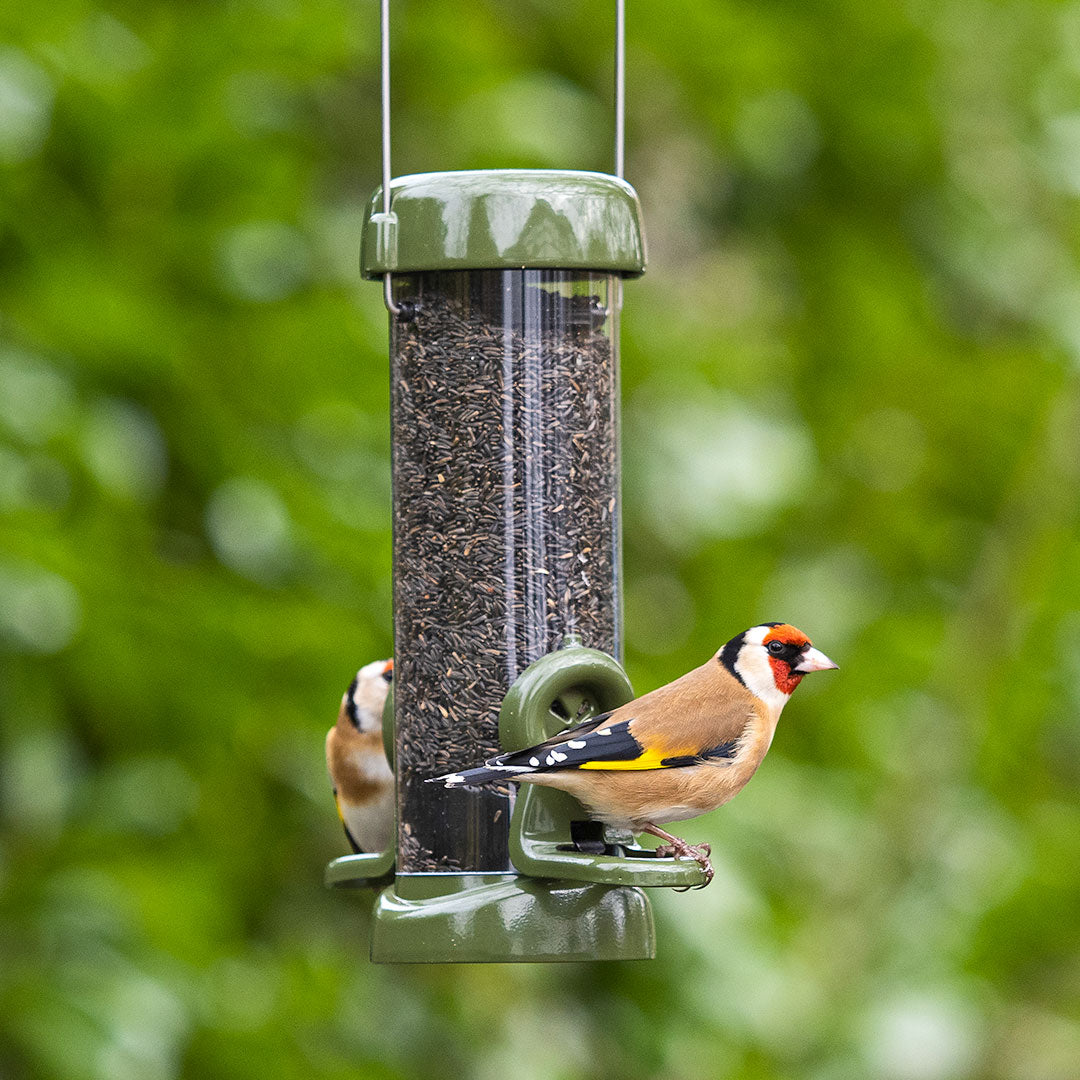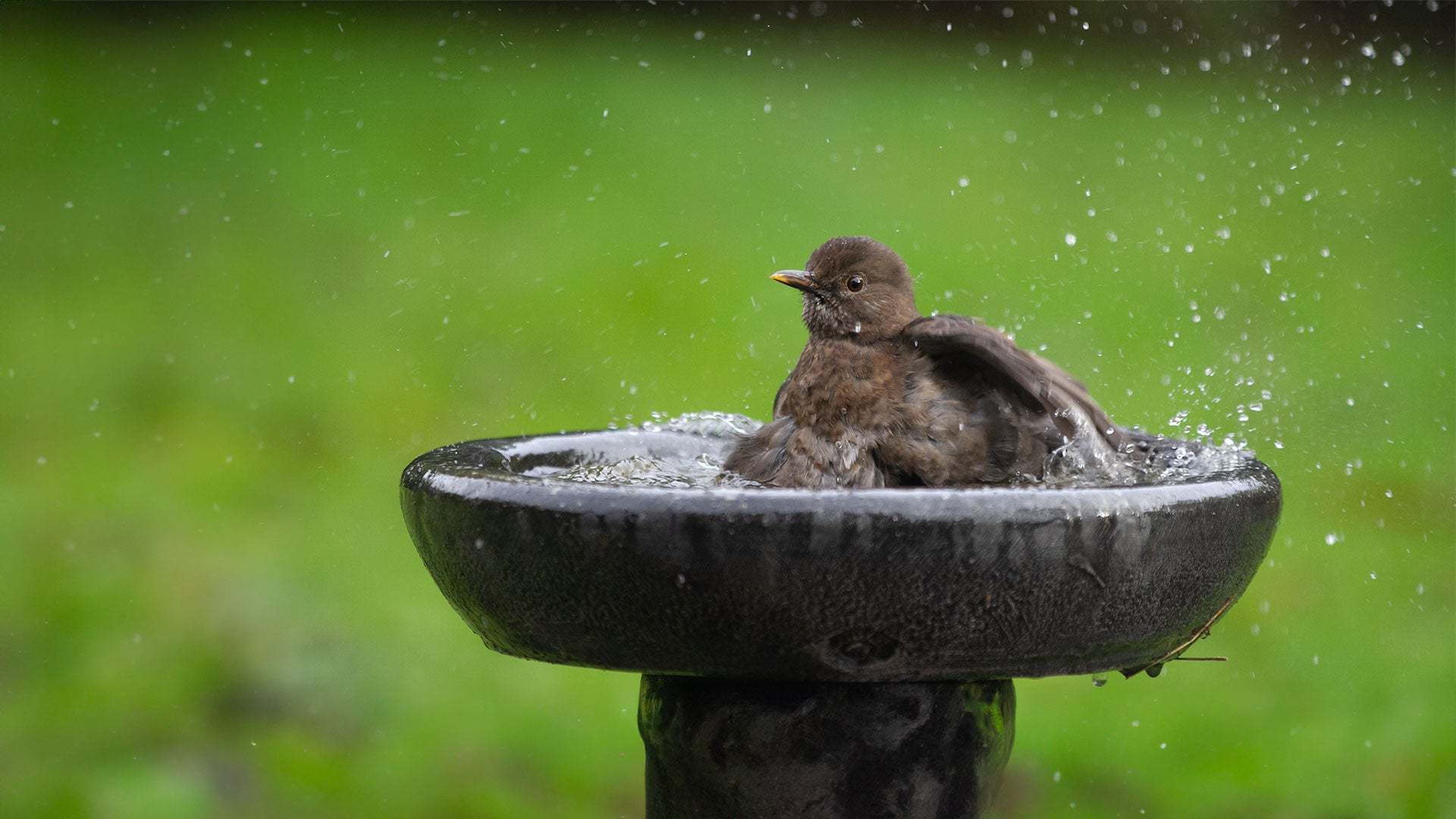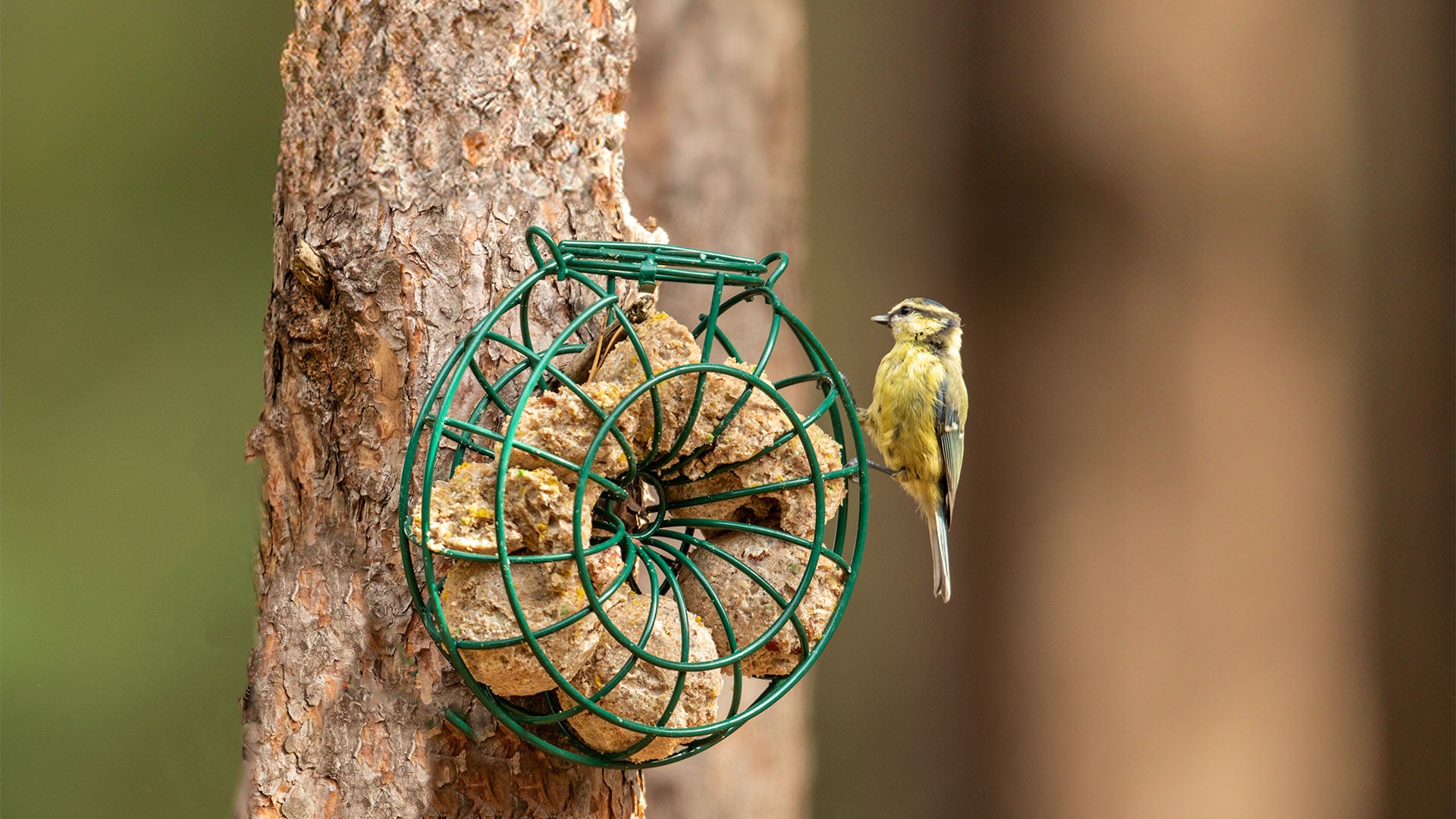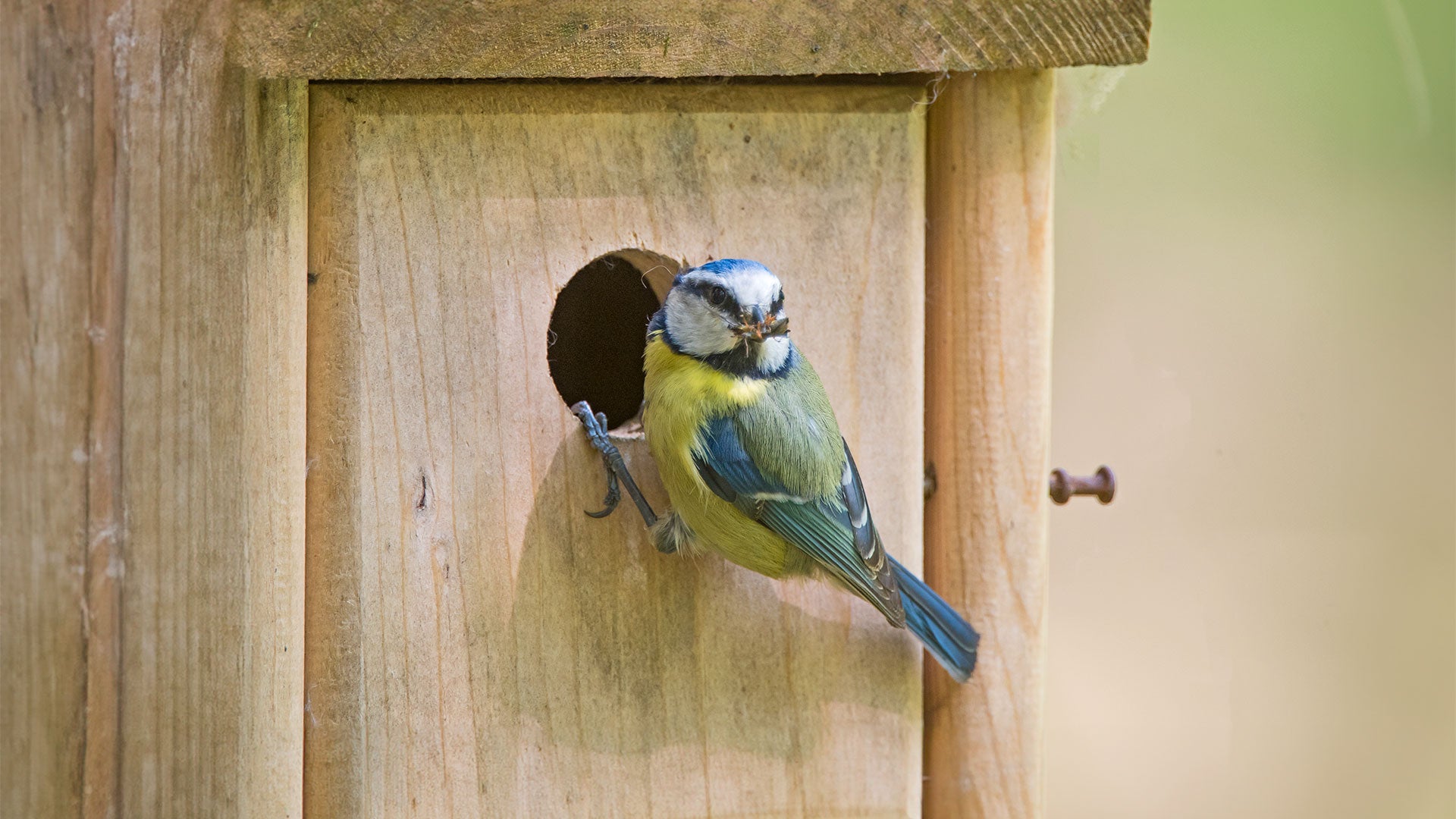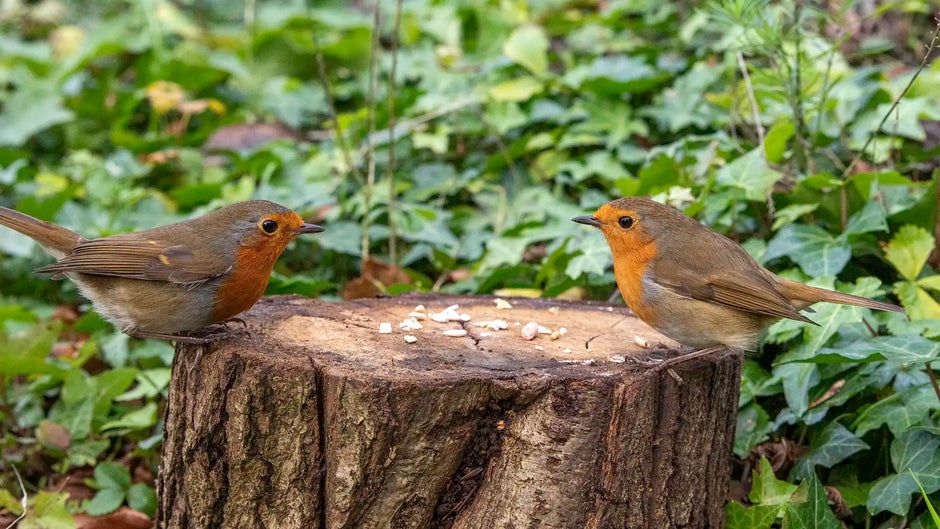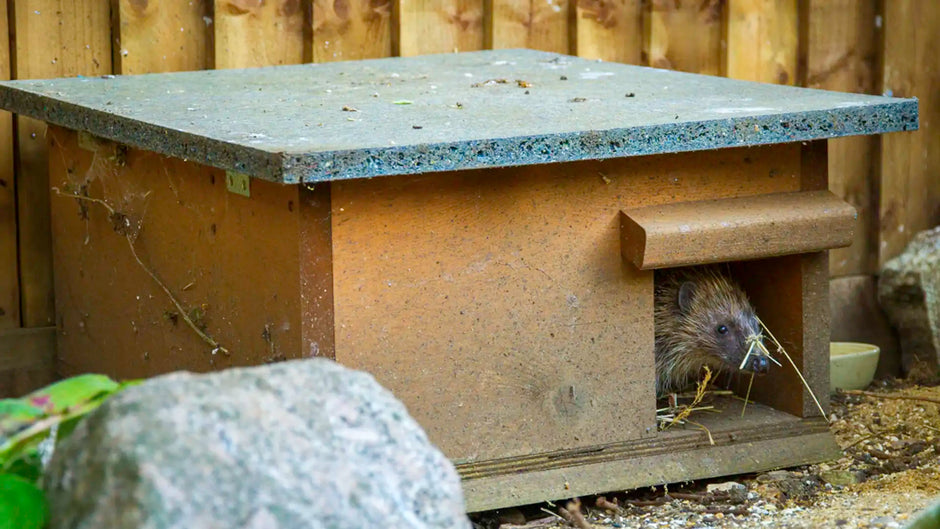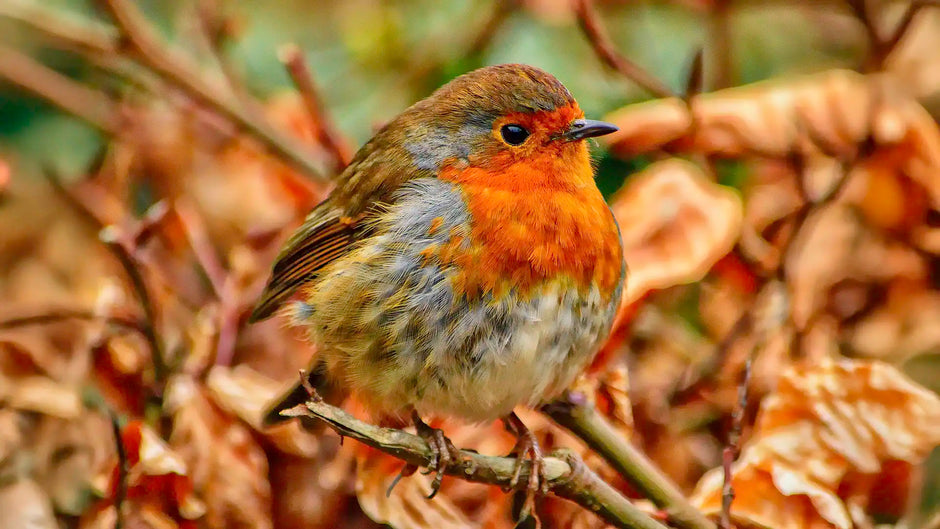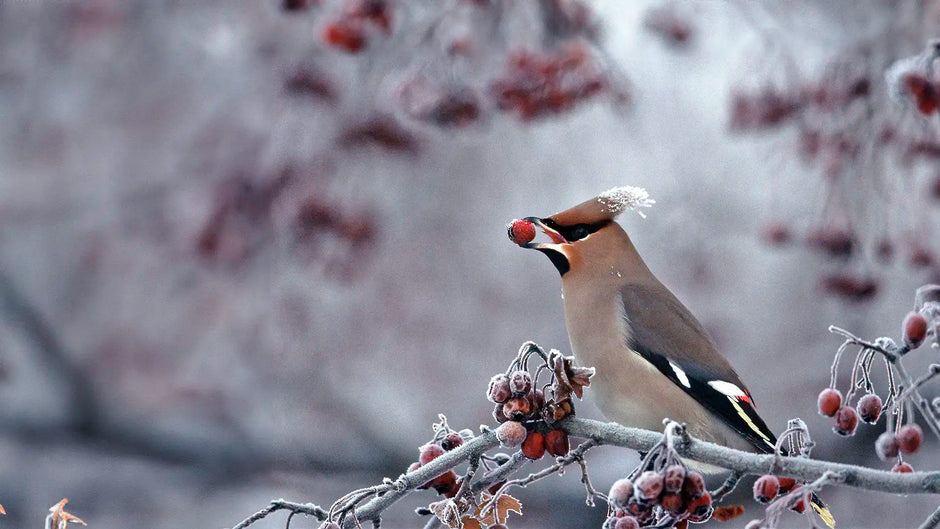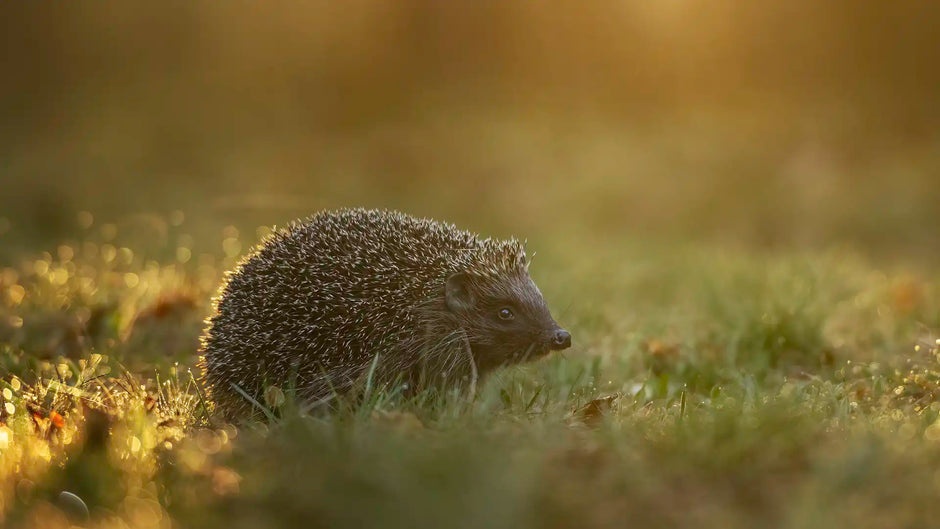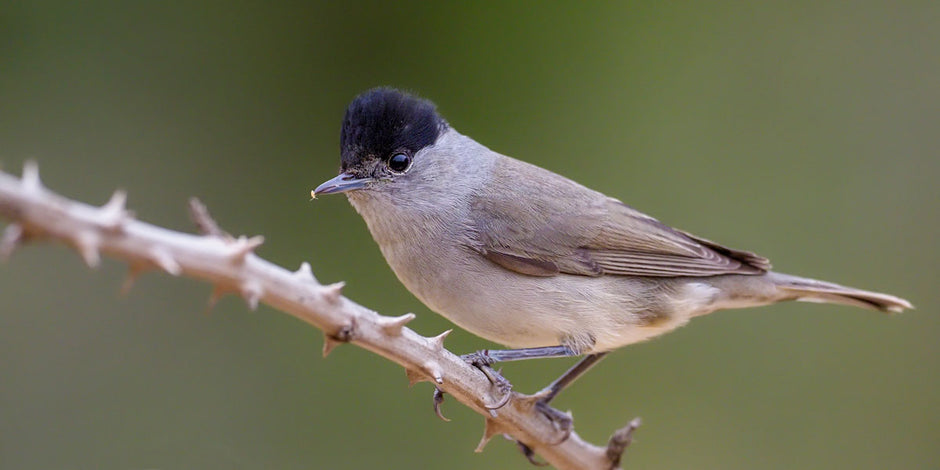A - Z Garden Bird Identification Index
(Garrulus glandarius)
Jays are secretive birds often visiting gardens early in the morning before humans are active. They famously collect acorns in autumn burying them in food caches in preparation for winter.
What does a Jay look like?
Length: 34cm.
The Jay’s plumage colouration is variable, but with it’s white rump, blue and white wing patches combined with large size make it easily identifiable. The under-tail coverts and bellies of the adult are white, the rest of the body and part of the wing coverts are brownish. The primaries are brown-black spotted bluish, fringed whitish on outer ones. The secondaries are black, the base is partly white with blue markings, innermost ones are chestnut-brown tipped black. Their bill is black and their iris is a bluish-white. The black and white feathers on the head may be erected to form a crest.
Flight is slow although markedly undulating. The Jay is often seen hopping on the ground.

What does a jay sound like?
The Jay’s most characteristic call is a harsh ‘skaak’, although there are many variations. They have no true song but may emit, sometimes collectively, crooning notes interspersed with other harsher sounds.
When and where do jays nest?
Jays begin breeding in late April. The nest is built by both sexes and is usually situated over two metres off the ground, usually in the fork of a tree or against the trunk. It is a cup made of twigs and stems with a little mud mixed in. The nest is lined with grasses and hair. Generally five or seven eggs, rarely three to ten, are laid. They are pale bluish or greenish, very finely speckled with olive-green or buff. Speckling may be concentrated at the larger end.
Jay nesting habits
Jays will pair with their mate for life and work together to construct their nest hight-up in the trees. The eggs hatch after sixteen days of incubation, the young remain in the nest for twenty days before fledging.
Jay habitat
Jay’s like woods and areas with scattered trees, such as orchards, parks and large gardens.
How long do jays live for?
On average, Jays live for around four years.
Are jays rare?
No, Jay birds are not rare and can be found in large numbers across the UK, except for Northern Scotland.
Are jays in decline?
Fortunately, the population of Jays seems to be stable and this species currently has a green conservation status. It’s thought that the UK has around 170,000 pairs of breeding Jays. These birds are also protected under the Wildlife and Countryside Act of 1981.
What do Jays eat in the wild?
Jays mainly eat vegetive matter such as berries and nuts, their favourite being an acorn! They also like molluscs, insects, small mammals, and young birds. In the autumn Jays feed extensively on acorns burying the surplus in soil, for later consumption.
What should you feed Jays in the garden?
Where should you feed Jays?
Feeder – Not Suitable
Table – Open topped
Ground – Scatter food in the open
Where do Jays go in the winter?
Jays are most noticeable during the Autumn when they are foraging for acorns, but they can be spotted all year round.
Where do Jays sleep?
A Jay will spend their nights in dense shrubs and during the winter will gather in evergreen trees like cedars that provide warmth and shelter.
How to attract Jays to your garden?
You’ll often find them near oak trees since they love to feed on acorns. These birds will also venture out into parks or mature gardens to search for more acorns, particularly in the autumn months. Whilst Jays are very colourful and easy to identify, they are shy and secretive birds.

